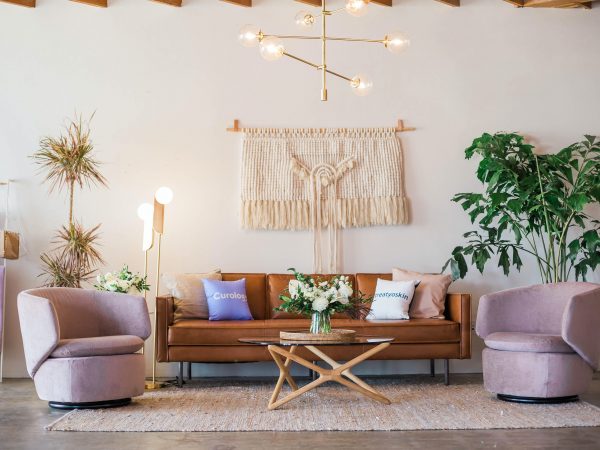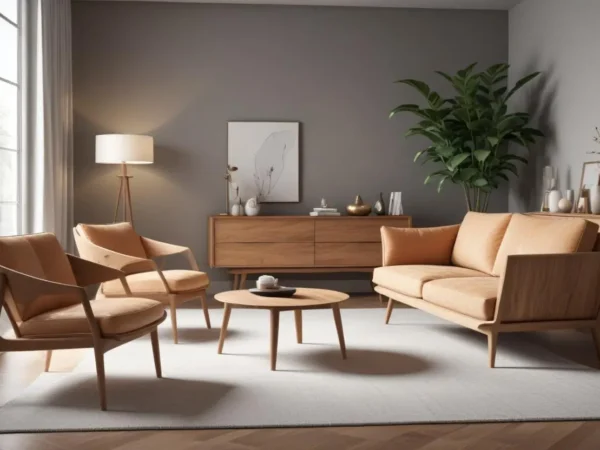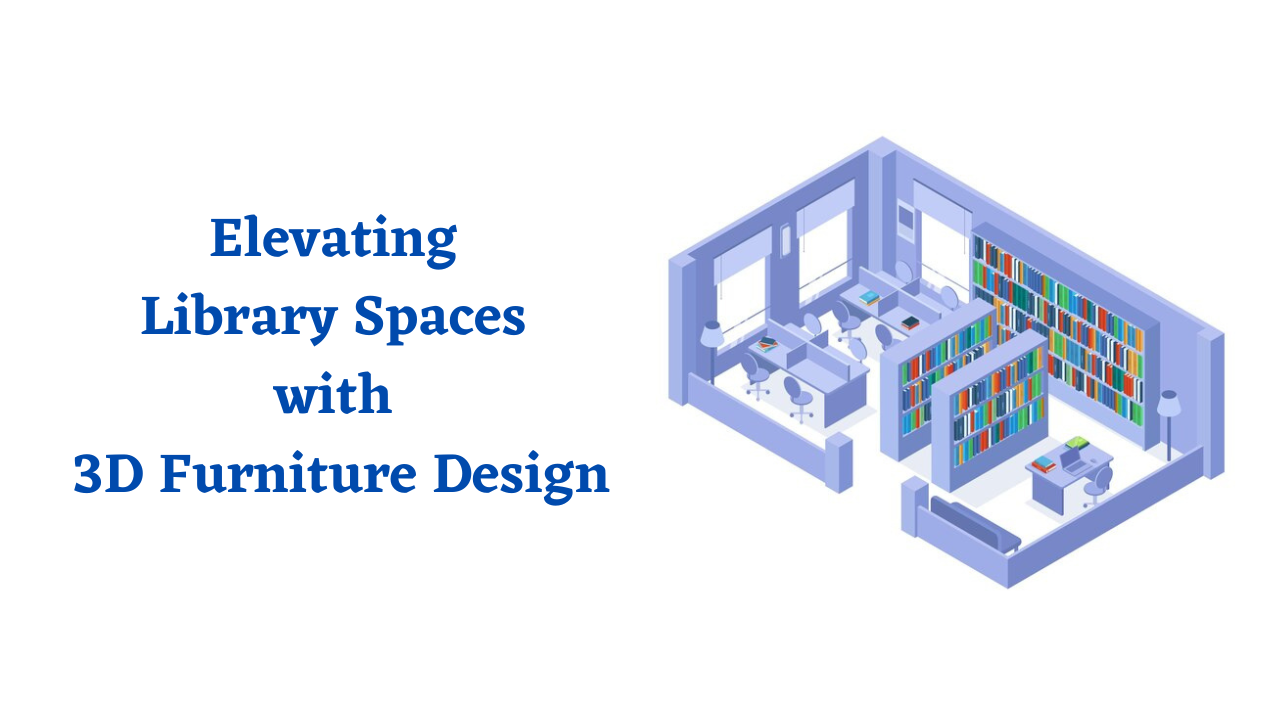
Libraries have long been cherished as sanctuaries of knowledge and quiet study. In today’s fast-paced, technology-driven world, libraries are transforming into dynamic hubs for learning, collaboration, and community engagement. One crucial element driving this transformation is 3D furniture design.
Let’s delve into how 3D furniture design is enhancing library spaces:
Elevating Library Spaces with 3D Furniture Design
Explore how 3d Furniture design improves the library space with customized design, user-friendly structure, or more. Check the advancement of 3D CAD technology.
1. Optimizing Space Utilization:
Libraries are often challenged with space constraints. 3D furniture design allows architects and designers to create furniture that maximizes the use of available space. , With modular seating can be configured in various ways to accommodate different group sizes and activities.
2. Tailoring to User Needs:
Libraries serve a wide range of users, from students studying for exams to professionals conducting research. 3D modeling enables the customization of furniture to cater to specific needs. Adjustable chairs, height-adjustable tables, and ergonomic reading pods are just a few examples of tailored solutions.
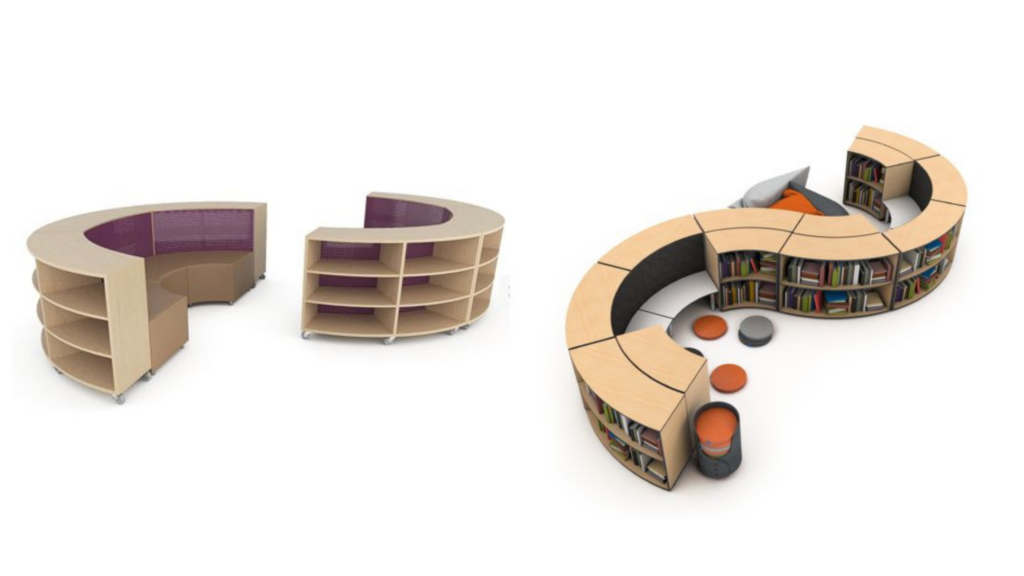
3. Aesthetics and Branding:
Libraries are no longer dull and monotonous. They are designed with aesthetics in mind. 3D modeling allows designers to experiment with furniture styles, colors, and materials to align with the library’s branding and overall theme.
4. Ergonomics for Comfort:
Comfort is paramount in libraries where patrons spend hours reading, studying, or working. 3D furniture design focuses on creating ergonomic pieces that promote proper posture and reduce fatigue, enhancing the overall user experience.
5. Visualizing Design:
3d Furniture design offers a visual representation of the furniture within the library space. This aids librarians and designers in making informed decisions and ensures that the final design aligns with the library’s vision.

6. Cost-Effective Solutions:
Precise 3D models help libraries identify design flaws early in the planning phase. This proactive approach prevents costly mistakes during production and ensures that the furniture serves its purpose effectively.
7. Sustainability:
Many libraries are embracing sustainable practices. 3D modeling allows for the exploration of eco-friendly materials and designs, contributing to the library’s green initiatives.
8. Technological Integration:
Modern libraries incorporate technology seamlessly. it can include tech features like built-in charging stations, Wi-Fi hubs, or integrated screens, enhancing the library’s technological capabilities.
9. Promoting Collaboration:
Libraries now feature collaborative spaces for group activities and discussions. 3D modeling facilitates the design of versatile furniture that can be easily rearranged to accommodate different group sizes and activities.
For instance, consider a library’s collaborative zone. 3D design can create movable, modular furniture pieces like reconfigurable tables and adaptable seating. These pieces empower users to arrange the space as needed for group projects, discussions, or independent work.
some real-world examples of libraries that have benefited from 3D furniture design
The Hive, Worcester, UK:
The Hive in Worcester is a joint university and public library known for its striking architecture. It has utilized 3D furniture design to create flexible spaces for learning, research, and community engagement. The library’s adaptable furniture layout accommodates various activities and events.
Salt Lake City Public Library, USA:
The Salt Lake City Public Library is known for its innovative design and use of 3D furniture modeling. They have utilized this technology to create comfortable reading areas, study pods, and collaborative workspaces. The library’s modern and functional furniture layout enhanced the overall user experience.
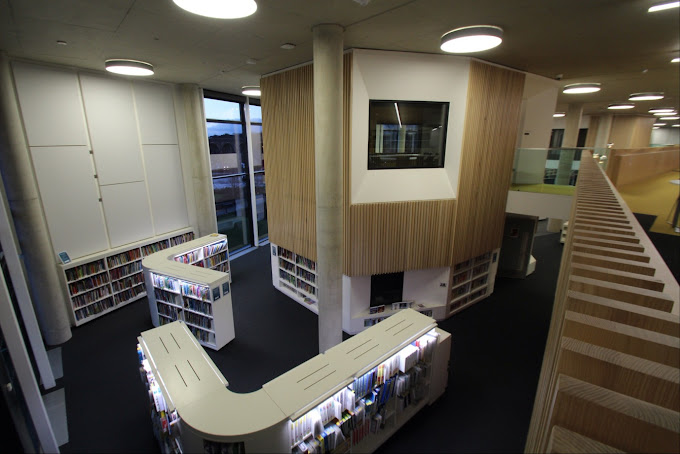
University of Chicago Library, USA:
The University of Chicago Library is renowned for its research and study spaces. Through 3D modeling, they’ve been able to optimize the arrangement of study carrels, desks, and seating areas to accommodate the needs of students and researchers.
Singapore National Library, Singapore:
The Singapore National Library is known for its commitment to providing a conducive learning environment. 3D furniture modeling has been used to create versatile spaces for group discussions, individual study, and multimedia presentations. The library’s flexible furniture design caters to a wide range of users.
Delft University of Technology Library, Netherlands:
Delft University’s library is a prime example of how 3D furniture design can contribute to a modern and efficient learning environment. The library has used 3D modeling to optimize furniture placement, allowing students to work individually or in groups seamlessly.
What are the software useful for designing 3D library furniture design?
- SketchUp:
SketchUp is a versatile 3D modeling software known for its user-friendliness. It’s widely used for architectural and interior design, making it suitable for planning library furniture arrangements.
- AutoCAD:
AutoCAD is an industry-standard software for architectural and engineering design. It’s powerful for creating detailed 2D and 3D drawings, making it a good choice for planning furniture layouts.
- Blender:
Blender is a free, open-source 3D modeling tool that’s highly capable and flexible. It’s used for a wide range of 3D design projects, including furniture design.
- Rhino:
Rhino is a popular software for creating 3D models, especially for industrial and product design. It offers precise modeling tools suitable for custom furniture design.
- Revit:
Revit is a Building Information Modeling (BIM) software often used in architecture and construction. It’s excellent for planning the layout of furniture within a building or space.
In conclusion, 3D furniture design has become a game-changer in library spaces. It empowers libraries to be versatile, comfortable, and visually appealing, ensuring that users have an enriching and enjoyable experience while they explore the world of knowledge.
Moreover, if you’re looking for furniture design for Libraries, Labs, or any space that you want extra comfort and stylish with more usage! Then look no further, here we help you with our furniture design service, to create customized furniture design. Just drop a message here, or contact us at info@shalindesigns.com. Get your all furniture design project solutions with Shalin Designs.
